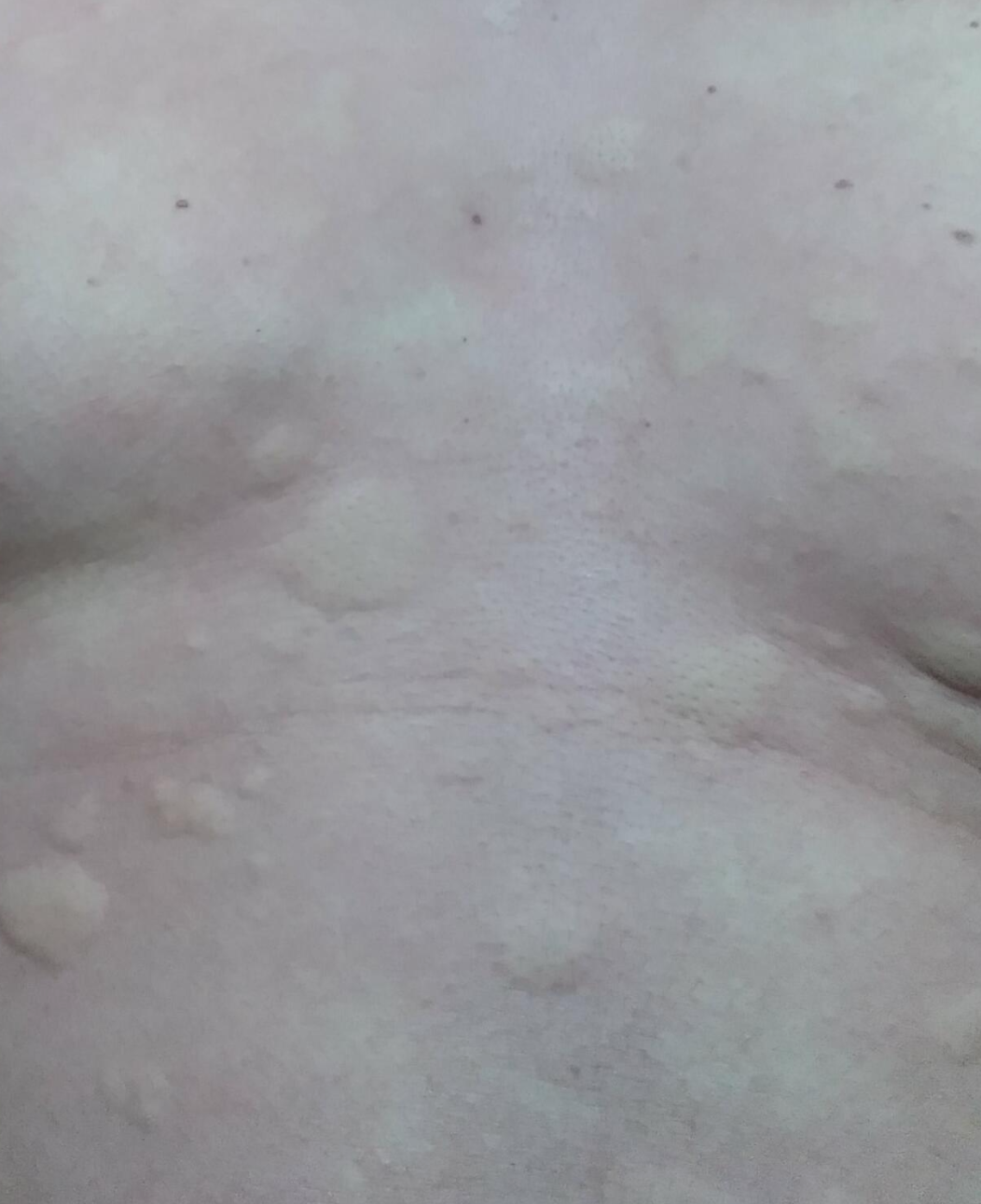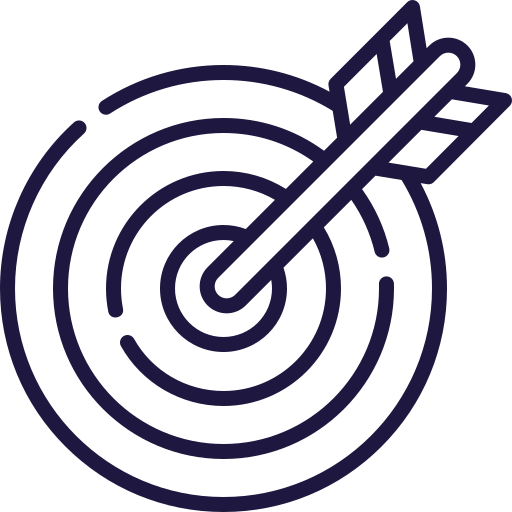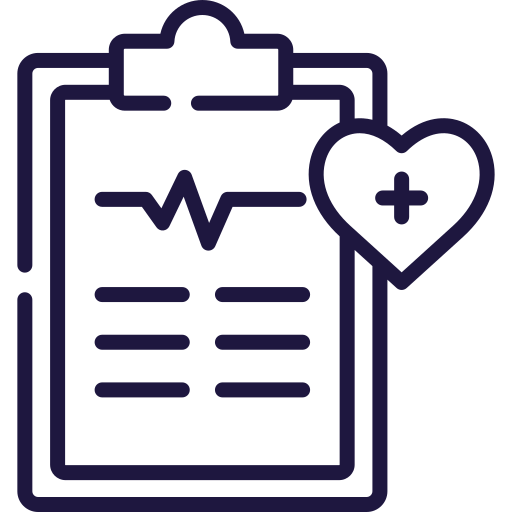A-E assessment: shortness of breath 4
A 67-year-old gentleman is develops acute shortness of breath on the ward
Candidate Instructions 🧒
You are a FY1 working in the Acute ward.
Mr Louis Sharp is a 67 year old man who was admitted to the Acute Ward from the ED for intravenous antibiotics for a skin infection. He has been prescribed an infusion of Flucloxacillin, which was started 5 minutes ago. Louis told the nurse that he is feeling short of breath and a little lightheaded.
Please assess the patient appropriately in an A-E fashion, and treat as you proceed.
The actor will provide you with examination findings as prompted by you.
Station time: 10 minutes
Station Material (ONLY OPEN WHEN PROMPTED)
Media 1

Actor Instructions 🤒
Nurse Instruction: "Hi, I'm Dom and I am the nurse looking after Mr Sharp, please could you come take a look at him? I’ve just started him on Fluclox about 5 minutes ago and he has since been struggling to breathe” "I gave him the antibiotic as prescribed by Dr Overton. I even double checked with Mr Sharp beforehand and he said he has no known allergic reaction to antibiotics."
Name: Louis Sharp
DOB: DD/MM/YYYY
Age: 67
Agenda:
- If asked how you're feeling, slowly say: "I'm finding it really hard to breathe and I feel like I'm about to pass out"
- Look very anxious, if asked about allergies, say: "I'm not aware of any allergies".
Basic observations:
- Respiratory rate: 29
- Heart rate: 124
- Blood pressure: 76/51
- Saturations: 91% on air
- Temperature: 37.4
Airway:
- Look:
- No signs of obstruction or swelling
- Listen:
- Wheeze can be heard without auscultating.
Breathing:
- Look:
- No signs of increased work of breathing apart from the respiratory rate
- Feel:
- Chest expansion: 3cm in total and symmetrical
- Listen:
- Auscultation: Widespread expiratory wheeze
- Measure:
- ABG - Tell candidate this will be done
- CXR - Tell candidate this will be done
- Treat:
- oxygen via non-rebreathe mask: improves saturation to 93%
- respiratory rate down to 30.
Call for help
- 2222 fast bleep: ask candidate which team they would like to request
Circulation:
- Look:
- Sweaty
Feel:
- Peripheral and central capillary refill -- 3 seconds
- Pulse is regular
- Listen:
- Auscultation: HS I + II + 0
- Measure:
- ECG - tell candidate that the request has been sent
- Bloods - Ask candidate what bloods they would like to request
- Urine output - tell candidate that patient doesn't have a catheter, so Urine output is not measured.
- Treat:
- Cannulae - ask candidate for needle size and ideal location of cannula insertion
- Fluids - ask candidate for type, amount and infusion rate
Disability:
- Alert
- GCS 15
- Pupils: equal, reactive to light
- Blood glucose: 6mmol/L
Exposure:
- Bleeding: no active bleeding
- Rashes: Tell candidate to open media 1 to see the skin lesion. Ask candidate what they think that is.
- Temperature: 37.4
- Right calf is red, swollen and warm to touch
Conclusion
- Referral: ask candidate who they would like to refer this patient to
- Plan: Prompt candidate for a plan going ahead
Mark Scheme ✍️
Danger
Response
Basic Observations
(Request help from nurses in obtaining these)
Call for help
Initial escalation
Airway
Look
Listen
Treat
Breathing
Look
Feel
Listen
Measure
Treat
Call for help
Escalation based on suspicion of Anaphylaxis
Circulation
Look
Feel
Listen
Measure
Treat
Disability
Exposure
Management
Further management (give point if mentioned previously)
Conclusion
Convert your points into a realistic exam mark


